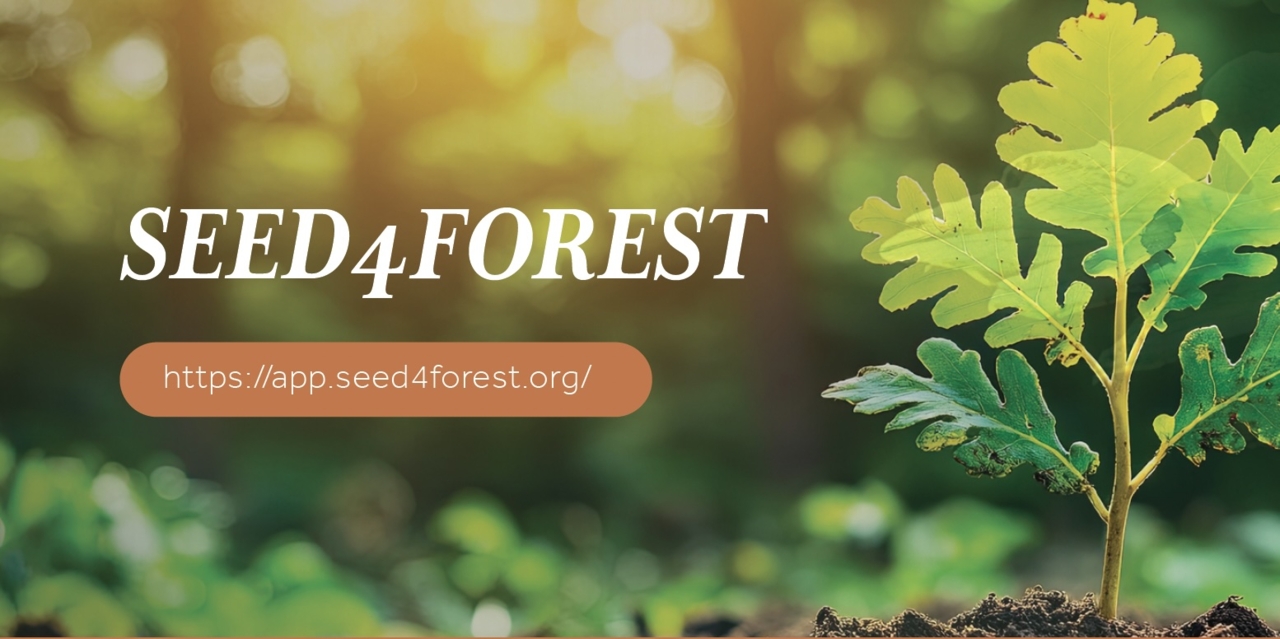
1.4 Restoration Objectives, Approaches and Adaptive Management

1. Restoration objectives
As a policy stakeholder involved in forest planning or implementation, you should consider three main types of restoration objectives: restoring forest cover, recovering historical ecosystems, and restoring ecosystem functions. These objectives are not mutually exclusive but reflect different priorities and levels of ambition (Stanturf et al. 2014). Your local context and national policy frameworks will help determine which is most appropriate.
- Restoring forest cover: The most basic objective is to re-establish forest cover, often without specific attention to species composition or structure. This can provide quick gains, such as erosion control or landscape greening, but may not ensure long-term ecosystem resilience.
- Recovering historical ecosystems: This objective aims to replicate the species composition and structure that existed before degradation. It is rooted in conservation principles and seeks to re-establish past ecological conditions. However, this approach can be challenging under current and future climate conditions, where environmental drivers such as drought, pests, and fire regimes have changed or intensified. You should consider whether these conditions still allow for the successful recovery of historical ecosystems before pursuing this pathway.
- Restoring ecosystem functions: A growing number of restoration efforts now aim to re-establish key ecosystem functions, such as carbon storage, water regulation, biodiversity support, and soil stabilization, rather than replicating specific past states. This approach, known as “functional restoration”, provides flexibility in species and structure selection. It is well-suited to dynamic environmental conditions and long-term ecological resilience. Usually, this objective allows us to align restoration with both climate adaptation goals and community needs.
2. Choosing restoration approaches: using species and structure as management levers
Once objectives are defined, the next step is to select an approach to meet them. This often involves two main management levers: species composition and forest structure. These are the variables most directly influenced by restoration interventions.
Species composition refers to the mix of species planted or allowed to regenerate. The choice should reflect the intended functions of the forest, such as carbon uptake, drought resistance, or habitat provision. Where local species are no longer viable due to climate shifts, consider broader species pools, including non-native, ideally climate-adapted species.
Forest structure refers to characteristics such as tree density, sizes and spatial distribution, and canopy architecture, among others. Adjusting these can affect light penetration, water cycling, fire resilience, and habitat availability. You can modify forest structure through planting arrangements or natural regeneration management, thinning regimes, pruning, or deadwood retention, among others.
3. Adaptive Management: Planning for Change and Uncertainty
Restoration occurs within a context of uncertainty, influenced by climate change, shifting ecosystem dynamics, and evolving social expectations. All of these impact long-term outcomes. Therefore, adaptive management should be integral to the planning and implementation of restoration efforts. This approach involves setting clear objectives, systematically monitoring progress, and adjusting management actions based on observed results and emerging knowledge. For policy actors, this entails creating flexibility within restoration programs and fostering opportunities for learning.
Adaptive management further encompasses experimentation with species combinations and silvicultural techniques, as well as the integration of local ecological knowledge. It is essential that you maintain transparent communication with stakeholders, thus ensuring restoration initiatives can evolve in response to new challenges and information. Policies that enable flexible implementation timelines, provide resources for long-term monitoring, and promote iterative, evidence-based decision-making are fundamental to supporting effective and adaptive restoration.
Source: Stanturf JA, Palik BJ, Williams MI, Dumroese RK, Madsen P (2014) Forest restoration paradigms. Journal of Sustainable Forestry 33 https://doi.org/10.1080/10549811.2014.884004
Related resources
Seed4Forest
Seed4Forest is a decision-support tool that helps users select the most suitable tree species, species mixtures, and provenances for any location across Europe. It supports forest restoration through climate-smart forestry by combining up-to-date scientific knowledge with practical guidance for current and future climate challenges.




